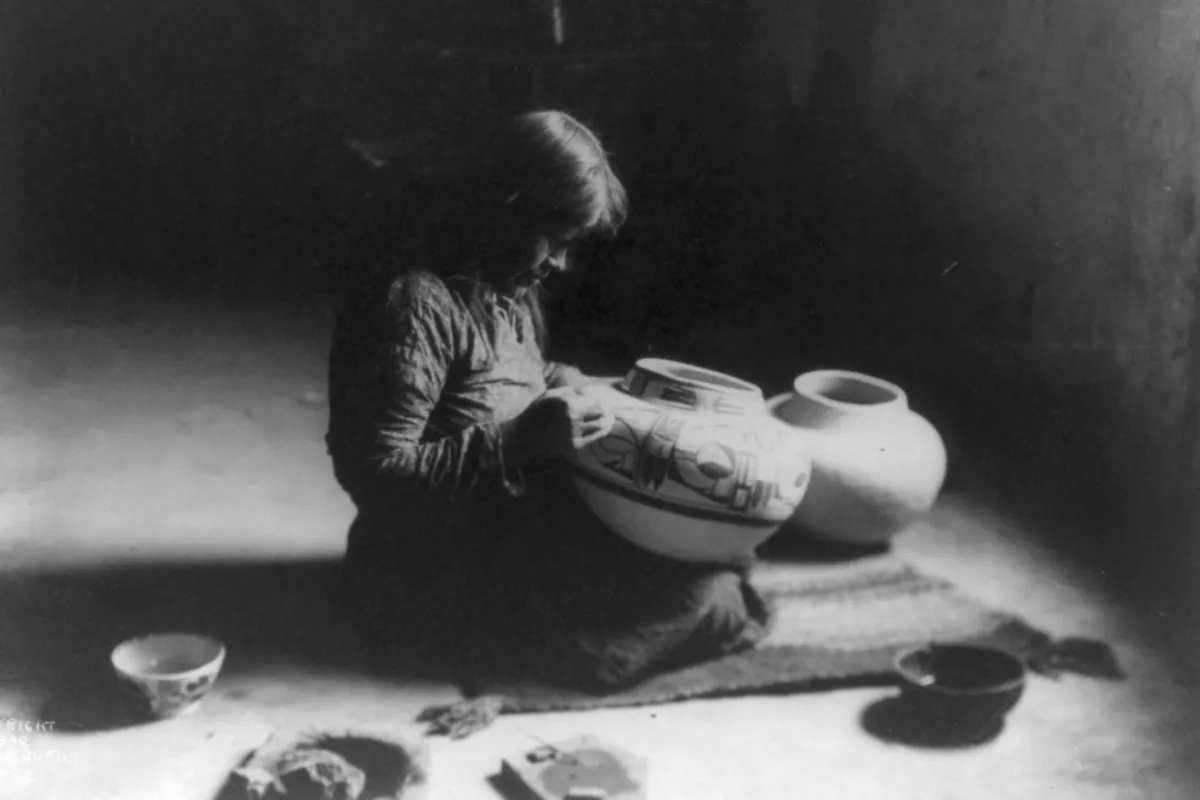
-
Steve Wikviya Larance, Director
-
Tom Radford, Director
-
Steve Elmore, Producer
-
Max Walukas, Producer

About the Project
"Nampeyo, an American Modernist" is a 90-minute documentary film based on the life, art and legacy of the great Hopi-Tewa ceramicist Nampeyo to be broadcast on PBS with co-production support from public media presenter Vision Maker Media. With a growing demand for stories highlighting the strength and determination of Native American women, a new film restoring Nampeyo’s legacy as a significant Modern Artist is both timely and impactful.
Born at First Mesa c.1858, Nampeyo was raised as a traditional potter and was an artistic prodigy from a young age. Her illustrious career was advanced by her prolific talent. In a time of immense social and technological upheaval, she established the modern revival of Pueblo pottery, using the revolutions of mass media, transportation and corporate sponsorship to become a truly modern artist. As a result, Nampeyo became a new kind of celebrity, described at her apogee by National Geographic as “the greatest artist of her tribe,” by the Chicago Tribune as “the greatest maker of Indian pottery alive” and by MOMA as “one of the few great Indian artists known my name.”
This story, previously untold in a cinematic medium, will be enhanced by the inclusion of many new archival discoveries including a rare full-color film and historic photos which have never been broadcast. Our team is uniquely positioned to tell this story, drawing on over 30 years of accumulated data from international institutions and trusting relationships that cannot easily be replicated.
Nampeyo’s revival of ancient Hopi aesthetics introduced abstraction to the visual language of contemporary art, inspiring figures like Picasso and O’Keeffe while establishing the American Southwest as a cradle of Modernism. The film reveals Nampeyo as a cultural icon celebrated globally, hailed by President Theodore Roosevelt as a vital player in the genesis of an "original American art for our whole people." Her dynamic story challenges the conventional Eurocentric narrative of Modern Art and celebrates Indigenous artistry as the foundation of America's cultural identity.